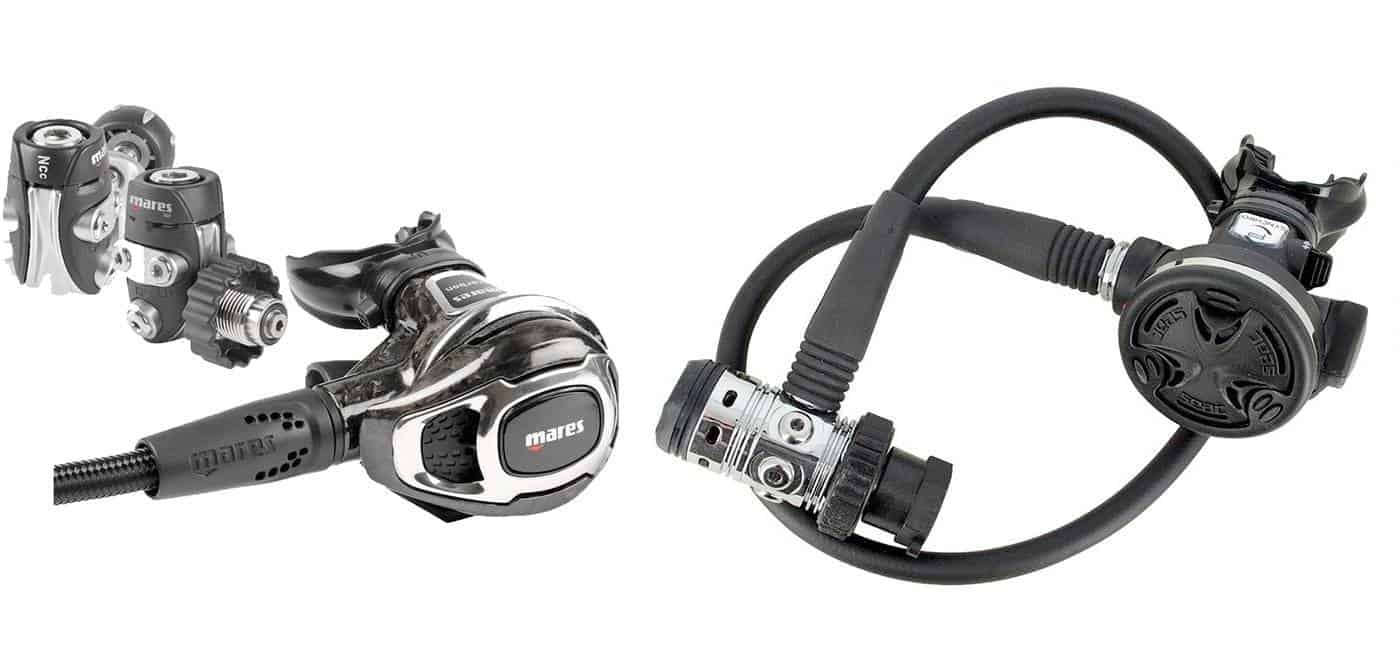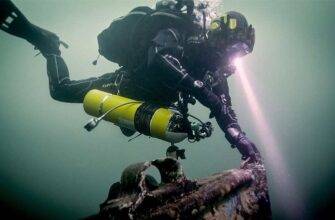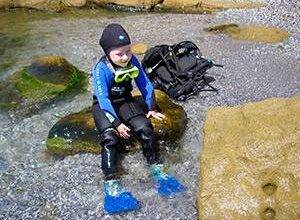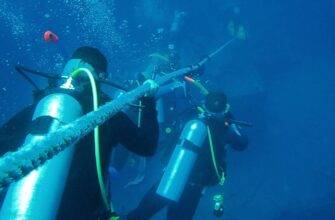
The dive regulator you will be using in confined water activities contains an underwater pressure gauge that allows you to determine how much air you have in your tank (the gauge will be discussed in detail below). The regulator also includes a backup second stage, called a backup air regulator.
Air sources can also be part of the inflator hose BCD. The backup air source is designed to facilitate breathing from a single scuba hose by another diver should the need arise. Usually the backup air source can be recognized by the longer hose and the bright color. Finally, the regulator includes a hose whose free end connects to your BCD’s low-pressure inflator.
Although there are several manufacturers, the regulators use the same basic materials. The first stage is usually made of chrome-plated brass, and the second stage can be made of brass, high-strength plastic, or a combination of both. Components such as the mouthpiece and the moving part of the exhalation valve are usually made of neoprene silicone.
As mentioned above, the most important feature of a regulator is to ensure ease of breathing – both inhalation and exhalation. When selecting a regulator that provides optimal ease of breathing, you should compare regulators in terms of intensive air delivery and inhalation pressure. When choosing a regulator, also buy a backup air source. Again yours PADI Instructor and the PADI Dive Center will help you make the right choice.
Preparing to use
Other than assembling the equipment kit (discussed later in the Restricted Water Training Overview), the new regulator does not require any special preparation for use, except for the connection of all component parts. Connection of the parts must be done by a trained professional and is usually done at the time of purchase of the regulator.
Read More:




